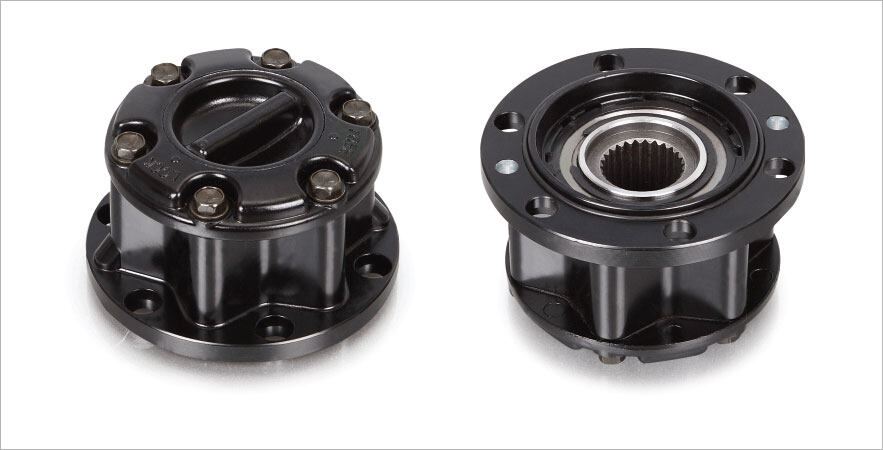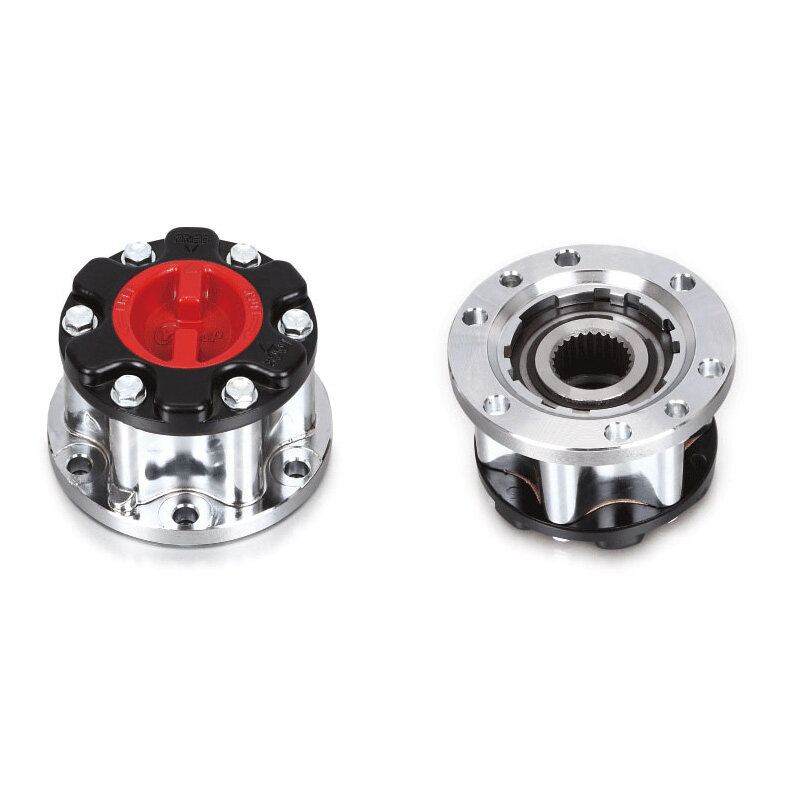Email format error
Email cannot be empty
Email already exists
6-20 characters(letters plus numbers only)
The password is inconsistent
Email format error
Email cannot be empty
Email does not exist
6-20 characters(letters plus numbers only)
The password is inconsistent


The wheel hub is a critical component of a vehicle's driving system, responsible for supporting the weight of the car and for rotating the wheels. The hubs enable the transmission of power from the engine to the wheels, ensuring a smooth and safe ride. Depending on the type of vehicle and its drivetrain configuration, two types of wheel hubs are used - the front wheel hub and the rear wheel hub.
In this article, we will discuss the differences between front and rear wheel hubs, their basic design, and their functions. We will also explore some of the common problems associated with wheel hubs and how to prevent them.
A typical wheel hub consists of several parts, including the wheel bearings, spindle, axle, dust cap, and seals. The bearings are designed to allow the wheel to spin around the spindle while supporting the weight of the car. The spindle serves as a connection point between the wheel and the suspension system. The axle connects the wheel hub to the differential or the final drive, transferring power to the wheels.
Front wheel hubs are located at the front of the car, connected to the steering and suspension systems. They have a complex design that incorporates several parts to enable smooth wheel movement. The front wheel hubs generally require more maintenance as they are exposed to higher loads, including the weight of the engine and the pressure of the steering.
One significant difference between front and rear wheel hubs is that the front wheel hubs are more susceptible to wear and tear due to constant turning and steering. For this reason, regular maintenance and inspection are necessary to ensure their longevity. Some common problems associated with front wheel hubs include bearing wear, misalignment, and damage to the spindle or axle.
Rear wheel hubs are attached to the rear axle or the driveshaft and are responsible for transmitting power from the transmission to the wheels. Unlike the front wheel hubs, they are not connected to the steering system and are not subjected to as much wear and tear. However, they still need regular maintenance and inspection to prevent any issues related to bearing failures or other damage.
The design of the rear wheel hubs is relatively simple, consisting of fewer components than the front wheel hubs. They are usually larger and stronger to handle the weight of the car and the torque generated by the engine. Some common problems related to rear wheel hubs include worn-out bearings, damaged seals, or corrosion due to exposure to salt and water.

Regular maintenance and inspection are essential to prevent problems with the wheel hubs. This includes checking for any signs of wear or damage, replacing worn-out parts, and ensuring proper lubrication of the bearings. Additionally, using high-quality components and following the manufacturer's recommended maintenance schedule will help extend the life of the wheel hubs.
Wheel hubs are an integral part of a vehicle's driving system, responsible for supporting the weight of the car and transmitting power to the wheels. Front and rear wheel hubs differ in terms of their design, their location within the vehicle, and the types of loads they are exposed to. While both types of wheel hubs require regular maintenance, the front wheel hubs are more susceptible to wear and tear due to their connection to the steering system. Proper maintenance and inspection will help prevent any problems associated with bearing wear, misalignment, or other damage to the wheel hubs.